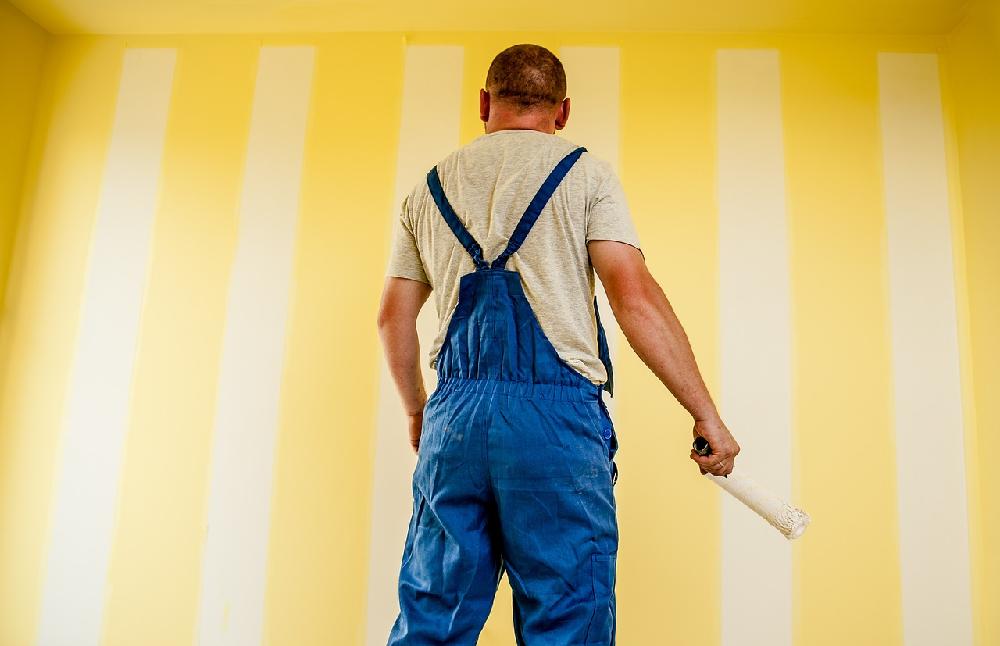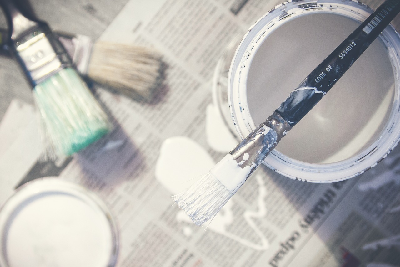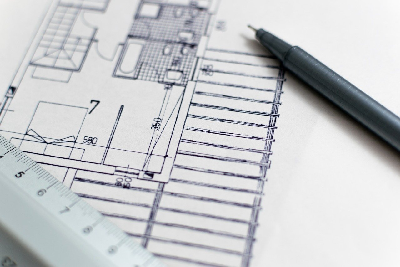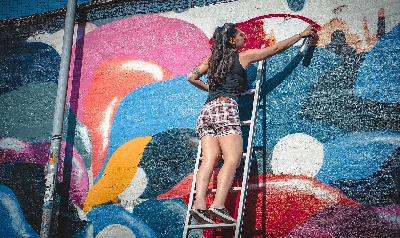Painting the room on your own is usually associated with fun and a sense of satisfaction originating in the finished process. It could seem that the level of joy should grow proportionally to the size of the project. Nevertheless, sometimes it is worth to approach the big ideas with caution. Before launching the works, think over if it is worth to take care of painting such parts of the house like facade on your own. If you decide to take up this challenge, check a set of useful tips below.
Prepare yourself
There are things in life that are difficult to prepare for; however, painting of the elevation is not one of them. How to do it right? Start with the little steps. Try taking a closer look at the facade and analysing its state. Do you notice any traces of fungi and mould that require the use of a particular substance to be removed? Or maybe you need to scratch off the flaky paint and refill the peeling plaster?
To quickly define the facade's state, it is worth trying the test recommended by us. The only step you need to take is sticking the adhesive tape to the wall. If it turns out to be dirty after taking it off, most likely you will need special preparation. That means that the best idea is to pass the matter to the hands of professionals. However, if it turns out to be in quite a good state, you can start working. Consider that the plaster requires at least a month to dry up.
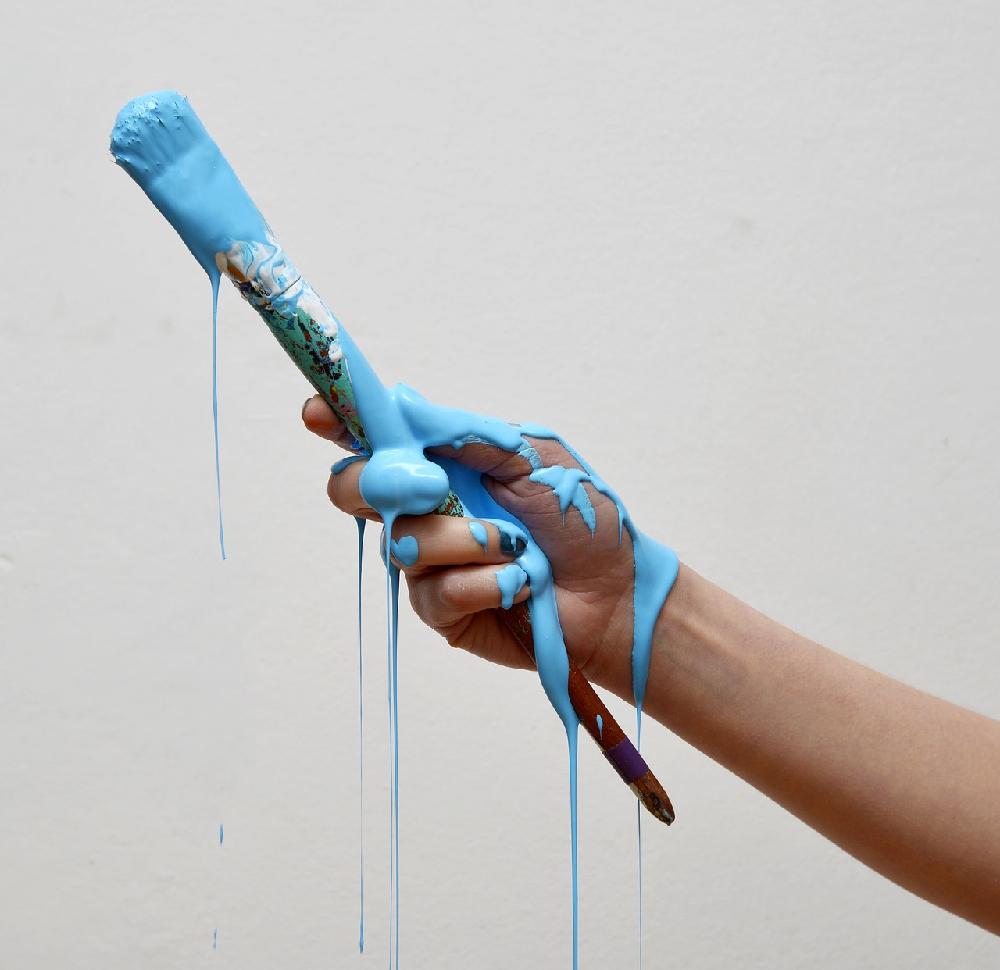
Which products to choose from?
Such a big and challenging project requires not only proper preparation but also the choice of high-quality products. The acrylic paint for the elevation with the addition of silicon will be a good choice. Nevertheless, the best idea is to adjust the kind of paint to the type of plaster. We do not advise skipping the usage of primer - it improves the level of adhesion and lowers the absorbency of the plaster. When estimating the amount of paint and the primer, follow the tips of the manufacturer placed on the label. It is not uncommon that the distributors also offer calculators on their websites.
What tools to use?
Remember to buy the appropriate tools that are adjusted particularly to the painting of facades. You will find a short shopping list below:
- painting foil,
- litter box,
- tapes,
- brushes for painting the facade,
- ladder (in case of lower houses) or scaffolding,
- facade rollers - the best ones are made of sheep's wool, but synthetic ones will also work well. Rollers with shorter hair will be suitable for a smooth surface, while rollers with longer hair will rather fit for rough surfaces.
Another way to paint the elevation is by using the spray method. However, in this case, you should take the additional cost of renting the equipment into account. The painting itself is not that difficult, and what is important, it is also cost-effective. However, in the case of a one-time project, using the traditional brushes may turn out to be a better idea.
Perfect working weather
It is not a mystery that not all kinds of weather will be suitable for working outside on the facade. You can find the information about the preferable temperature on the label of the paint. Usually, the manufacturers recommend working in 20-30 degrees. The preparation, including securing the walls, should be started the day before. Start painting in the morning, starting from the southern wall to avoid the most intense sun. After mixing the paint, start painting from the top. Put the first and all the following layers at one go - otherwise, the stripes and flicks may appear as outside the paint dries up quickly.
How much does the professional painting cost?
If you decide to hire professionals, you will most likely pay around 4 GBP/square meter. For the house of a total space of 140 square meters, where the facade area is approximately 170 square meters, the total cost will be around 680 GBP. Note that the cost of the materials is not included in this estimation.
When working on your own, you invest your time, which also has its value. Think over if it is worth to undertake such a project and count all the costs, including the estimated time of work.
